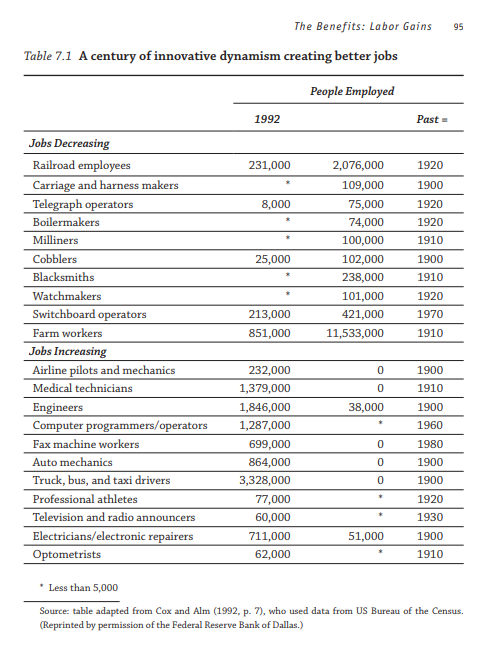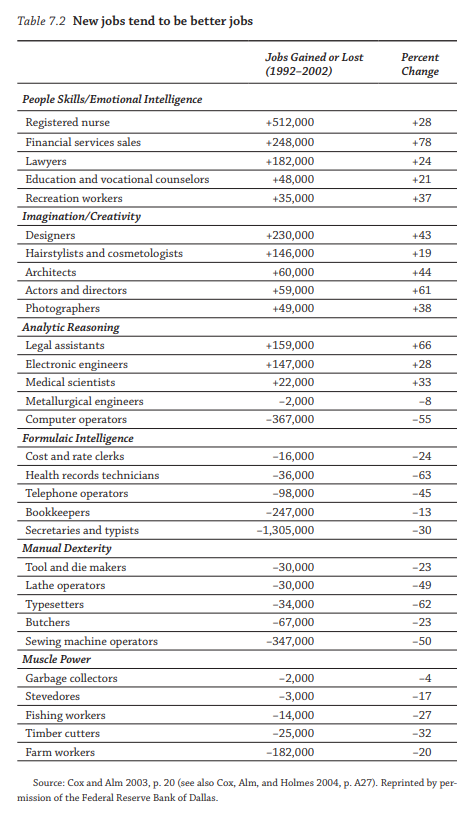(p. B1) Few, if any, literary philosophers have had as much influence on American business and politics as Ayn Rand, especially now that Donald J. Trump occupies the White House.
President Trump named Rand his favorite writer and “The Fountainhead” his favorite novel. Secretary of State Rex W. Tillerson has cited “Atlas Shrugged” as a favorite work, and the C.I.A. director, Mike Pompeo, said the book “really had an impact on me.”
. . .
(p. B2) In business, Rand’s influence has been especially pronounced in Silicon Valley, where her overarching philosophy that “man exists for his own sake, that the pursuit of his own happiness is his highest moral purpose, that he must not sacrifice himself to others, nor sacrifice others to himself,” as she described it in a 1964 Playboy interview, has an obvious appeal for self-made entrepreneurs. Last year Vanity Fair anointed her the most influential figure in the technology industry, surpassing Steve Jobs.
. . .
“Rand’s entrepreneur is the Promethean hero of capitalism,” said Lawrence E. Cahoone, professor of philosophy at the College of the Holy Cross, whose lecture on Rand is part of his Great Courses series, “The Modern Political Tradition.” “But she never really explores how a dynamic entrepreneur actually runs a business.”
. . .
“Mention Ayn Rand to a group of academic philosophers and you’ll get laughed out of the room,” Mr. Cahoone said. “But I think there’s something to be said for Rand. She takes Nietzschean individualism to an extreme, but she’s undeniably inspirational.”
As the mysterious character John Galt proclaims near the end of “Atlas Shrugged”: “Do not let your fire go out, spark by irreplaceable spark, in the hopeless swamps of the approximate, the not-quite, the not-yet, the not-at-all. Do not let the hero in your soul perish, in lonely frustration for the life you deserved, but have never been able to reach. Check your road and the nature of your battle. The world you desired can be won, it exists, it is real, it is possible, it’s yours.”
For the full commentary, see:
(Note: ellipses added.)
(Note: the online version of the commentary has the date July 13, 2017, and has the title “COMMON SENSE; As a Guru, Ayn Rand May Have Limits. Ask Travis Kalanick.”)
Ayn Rand’s magnum opus, quoted above, is:
Rand, Ayn. Atlas Shrugged. New York: Random House, 1957.




